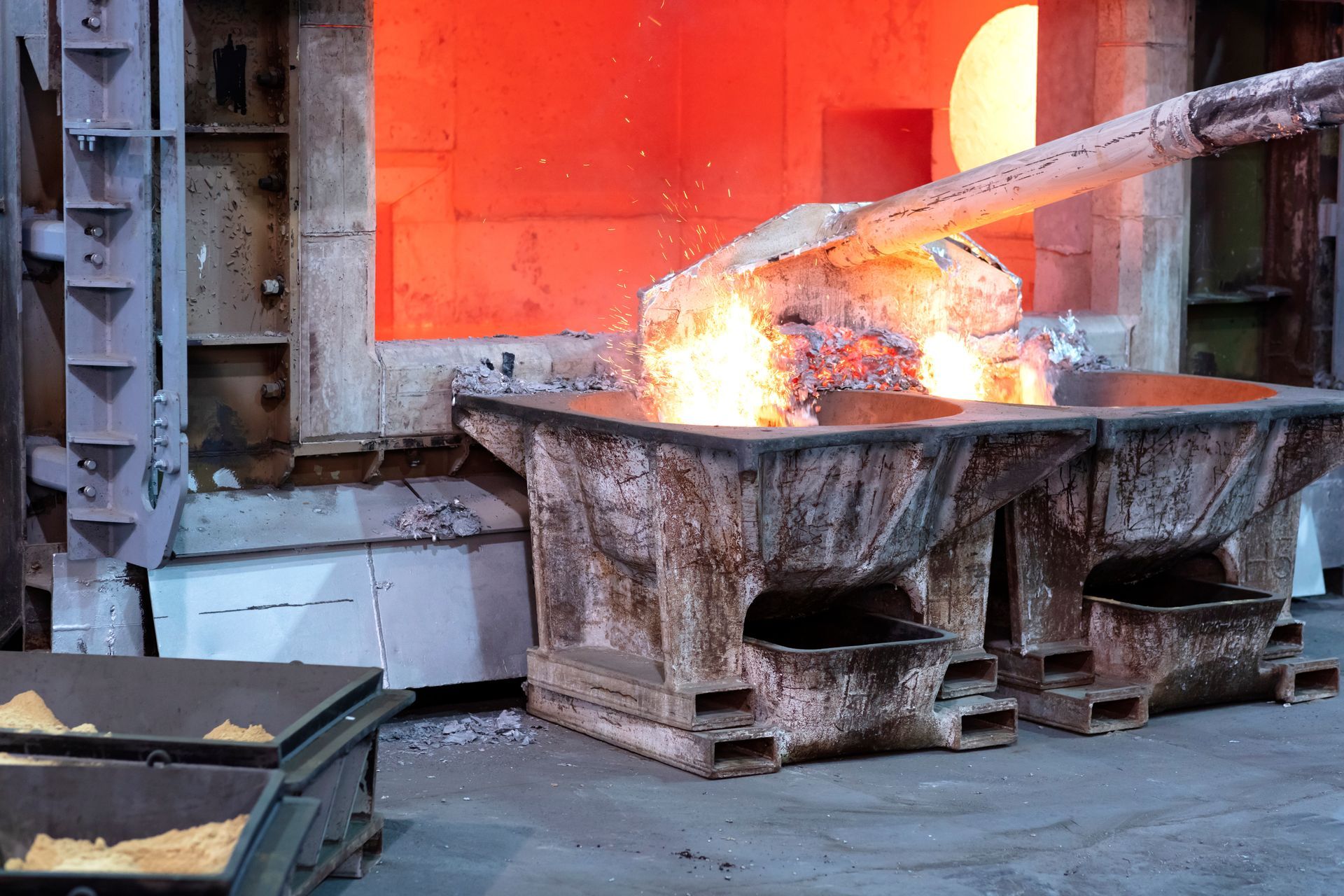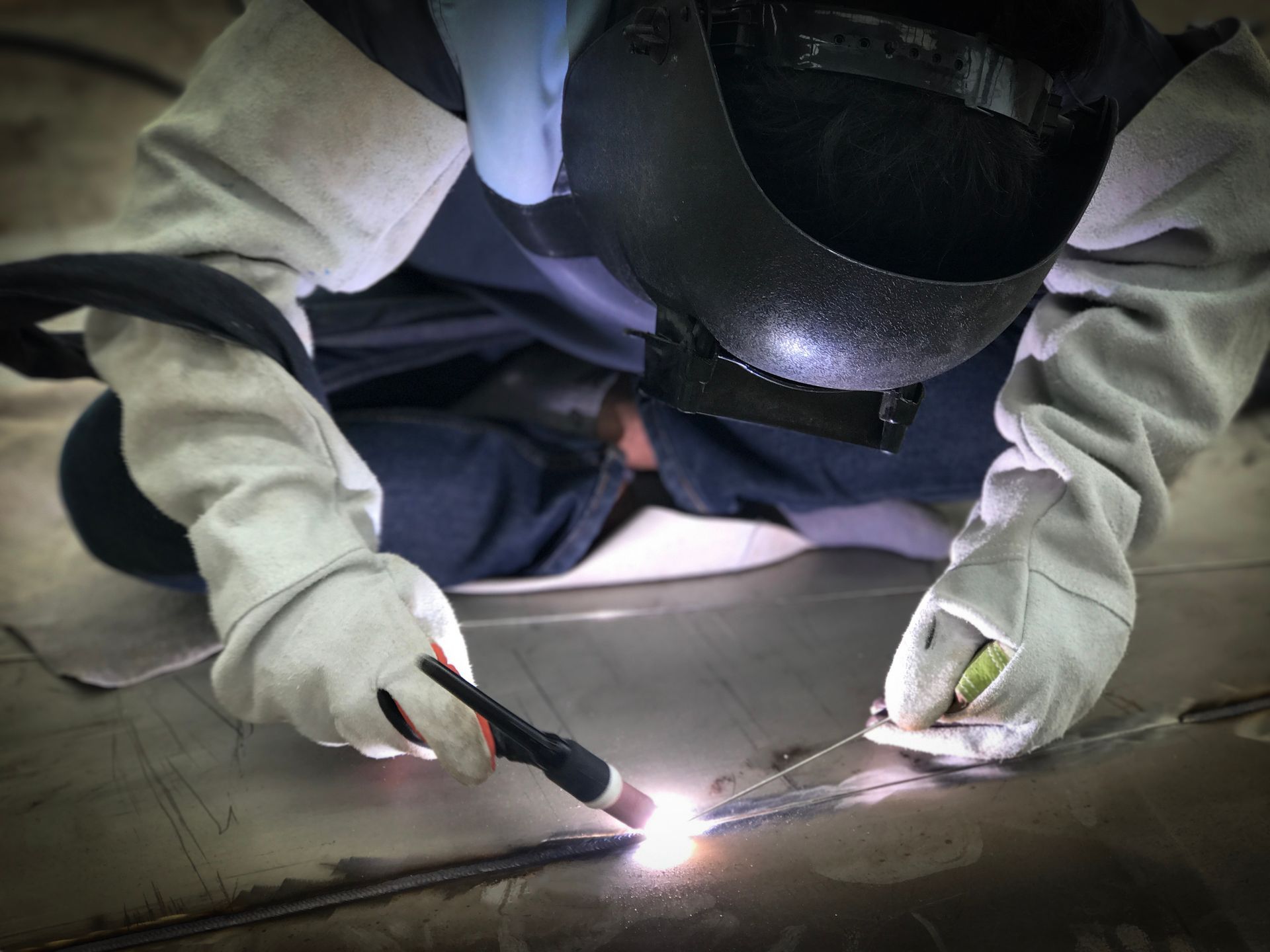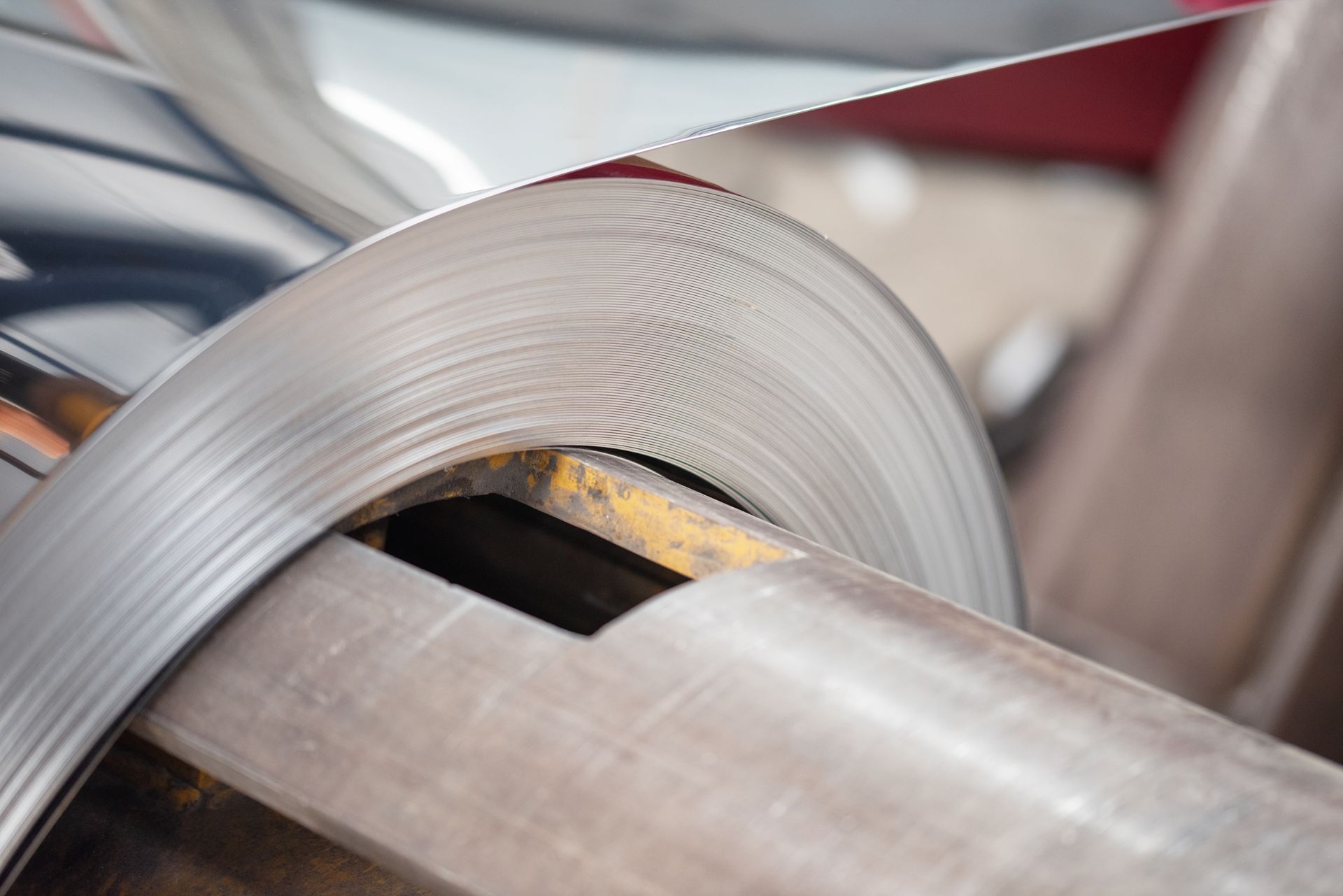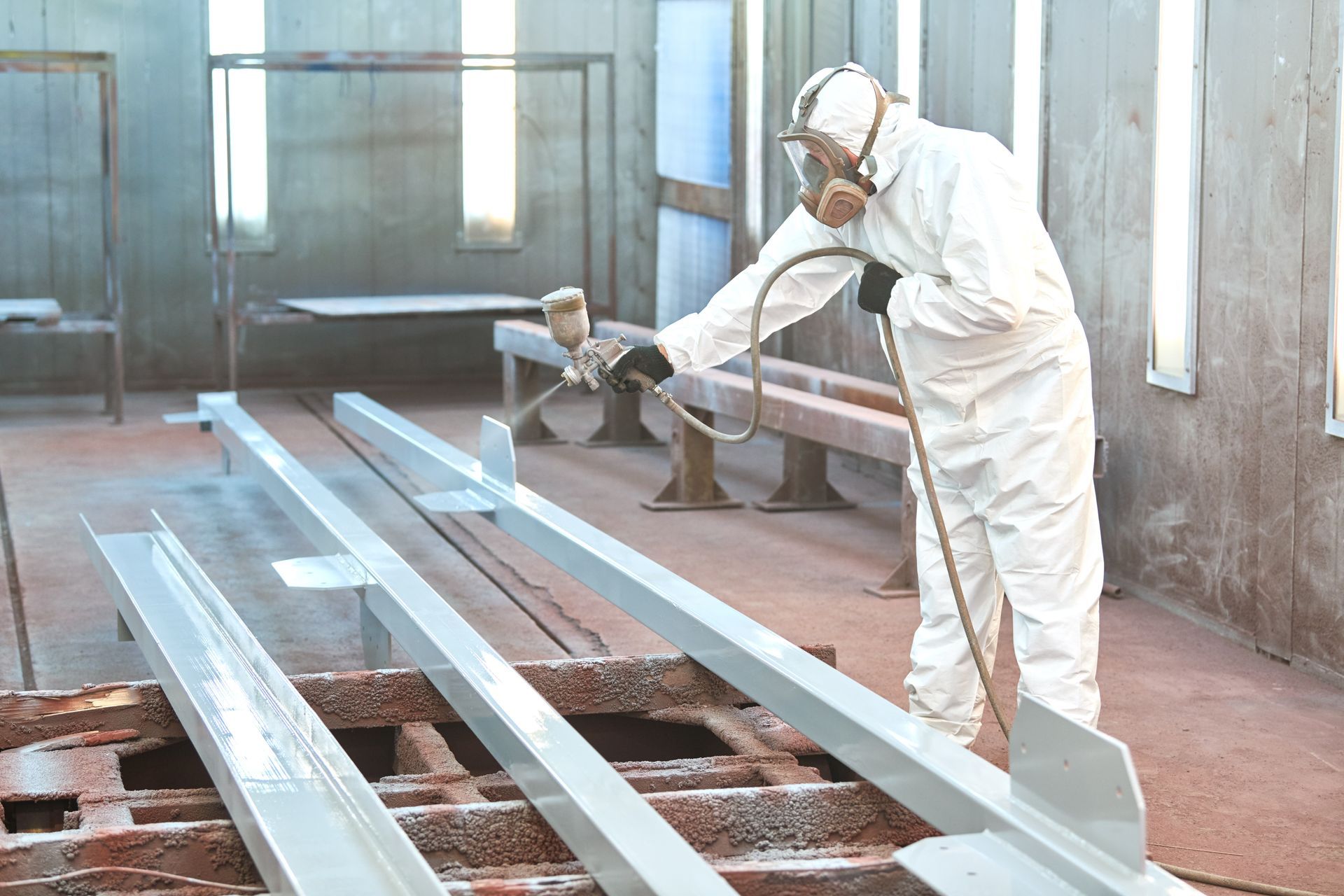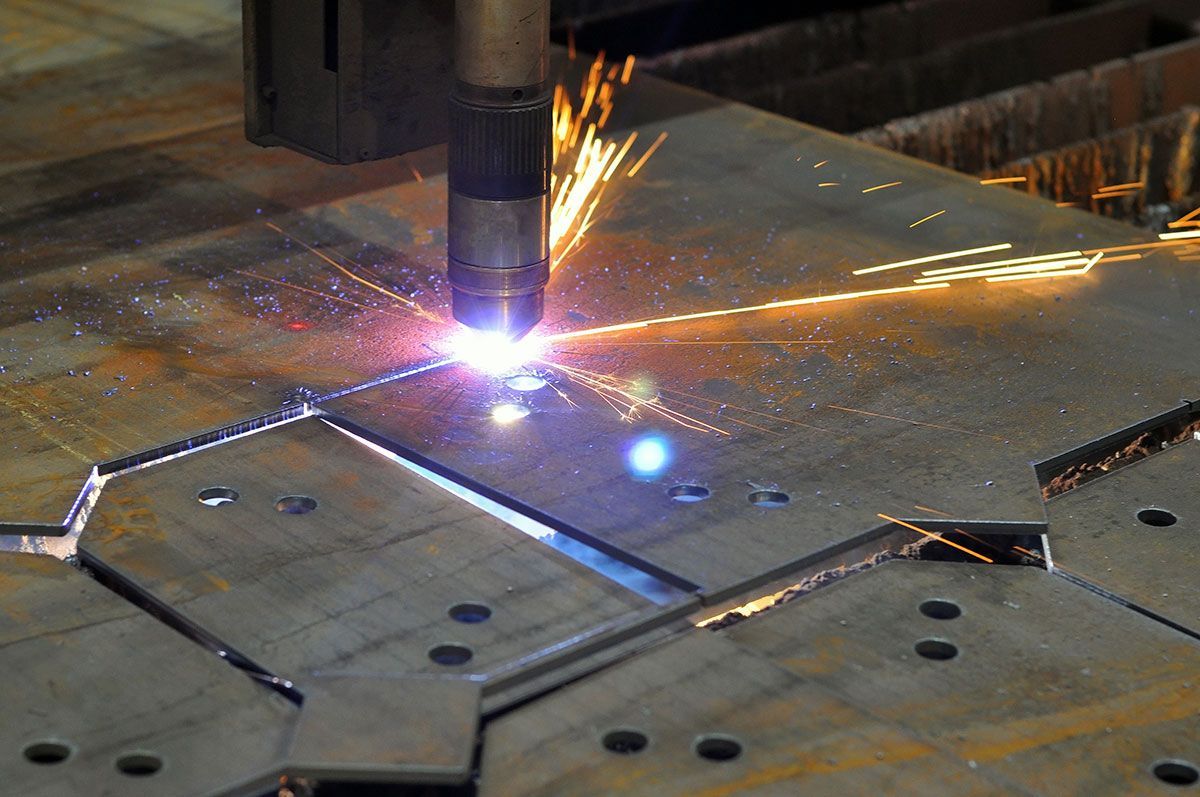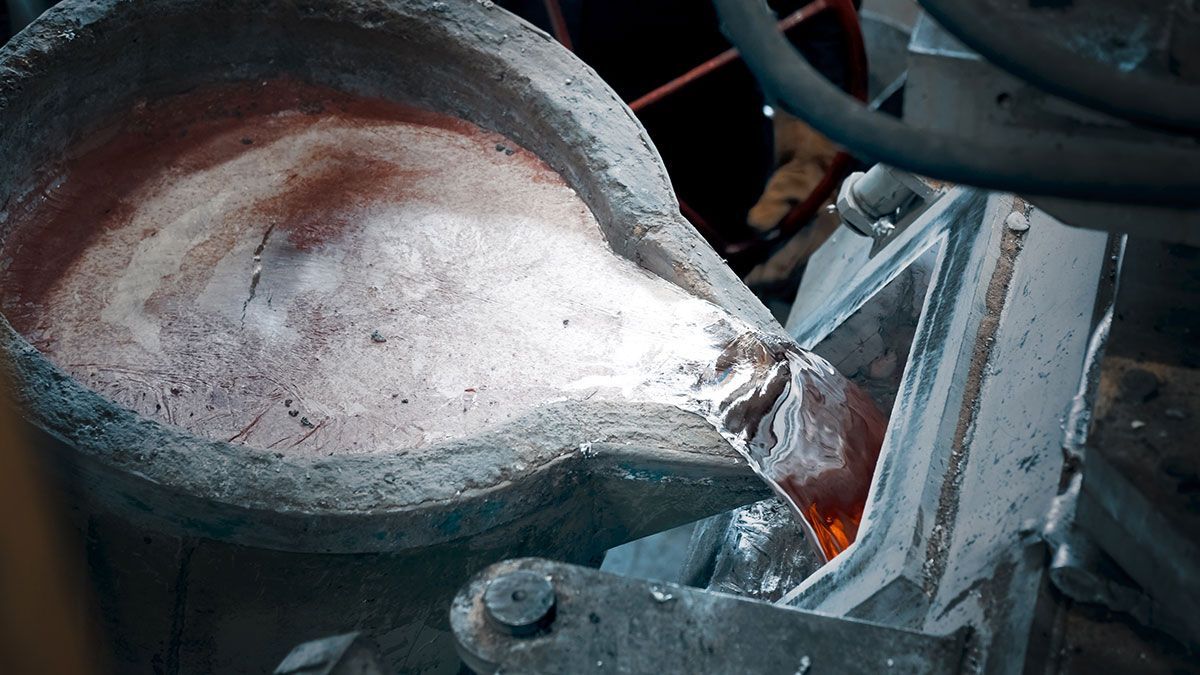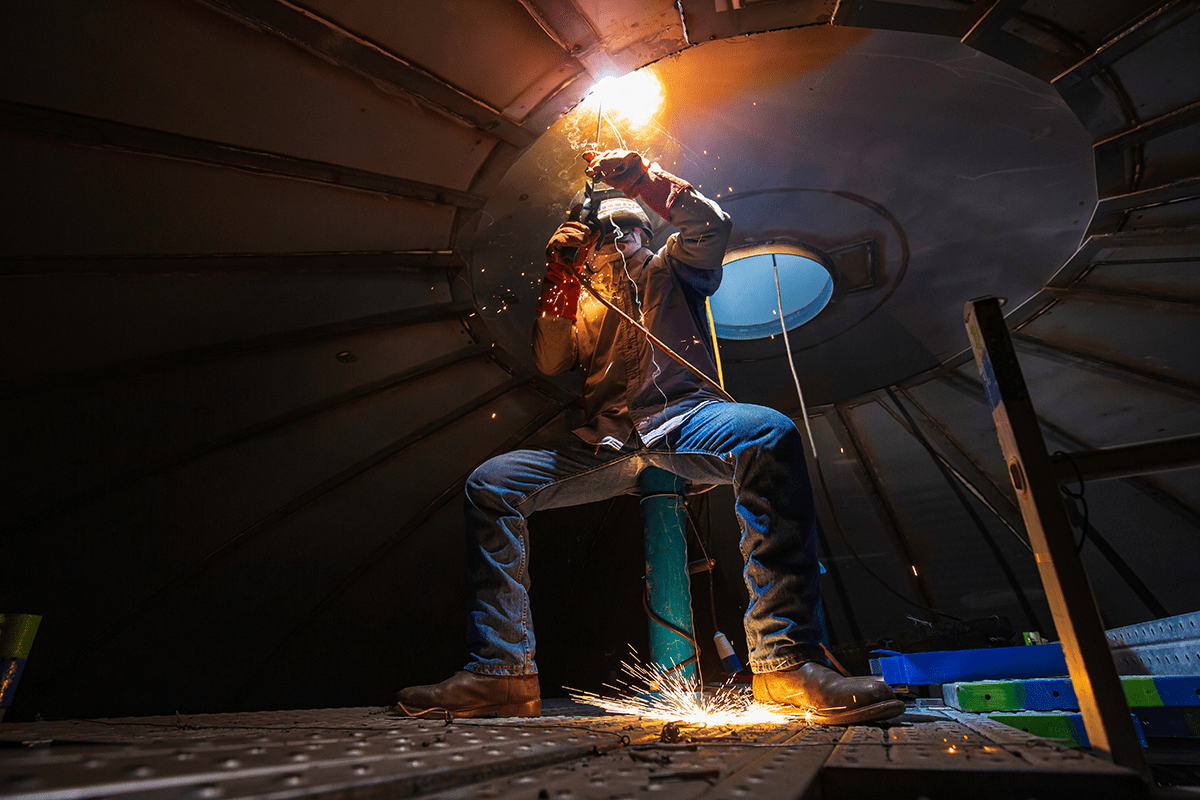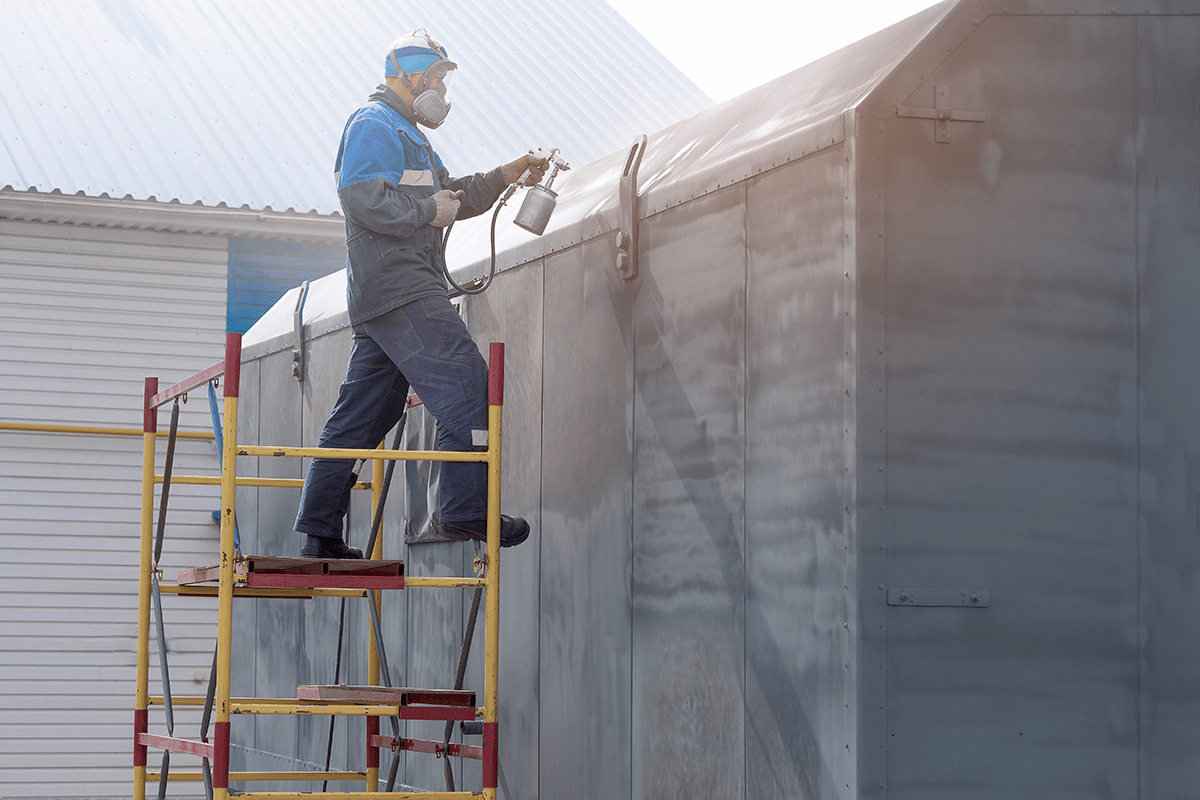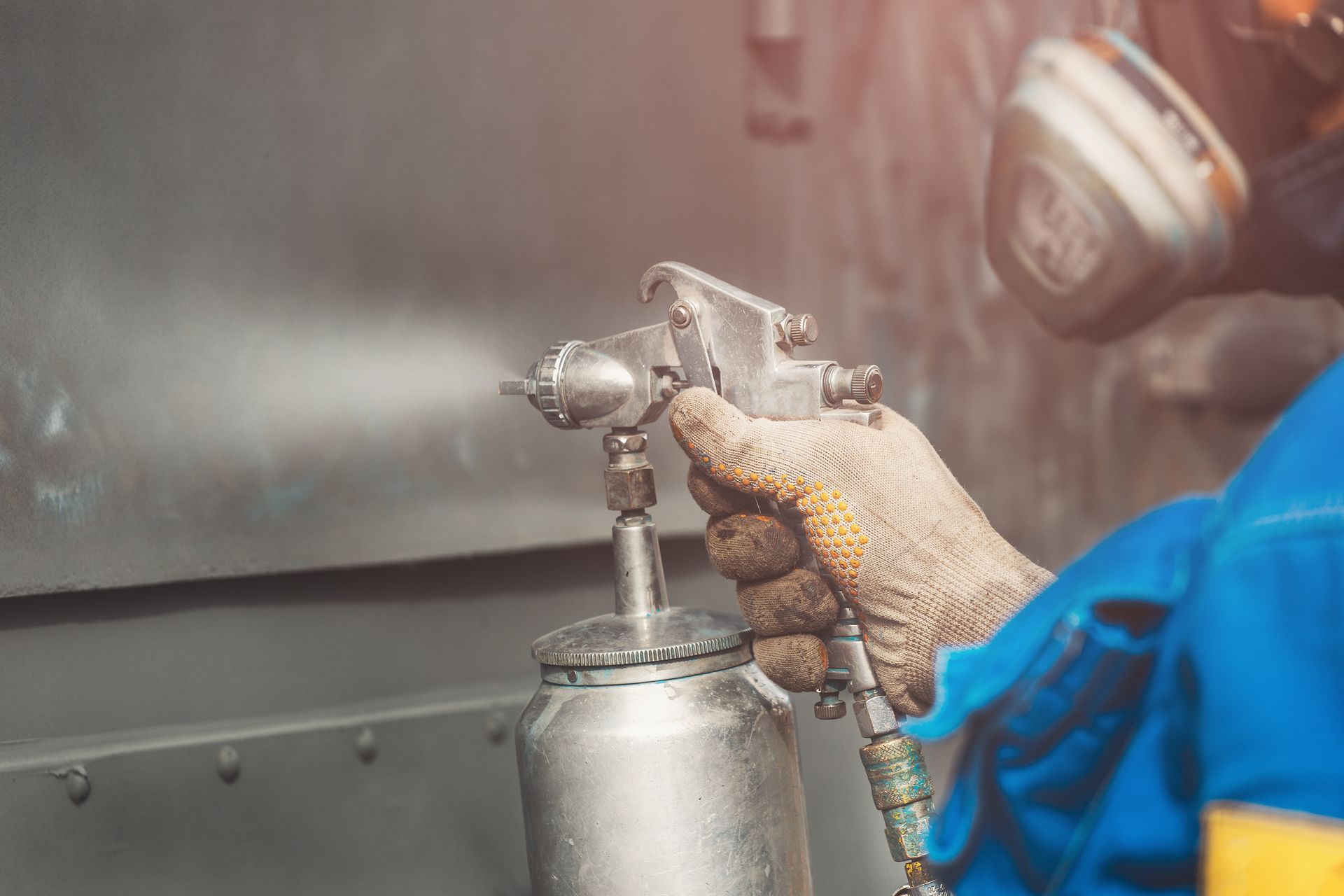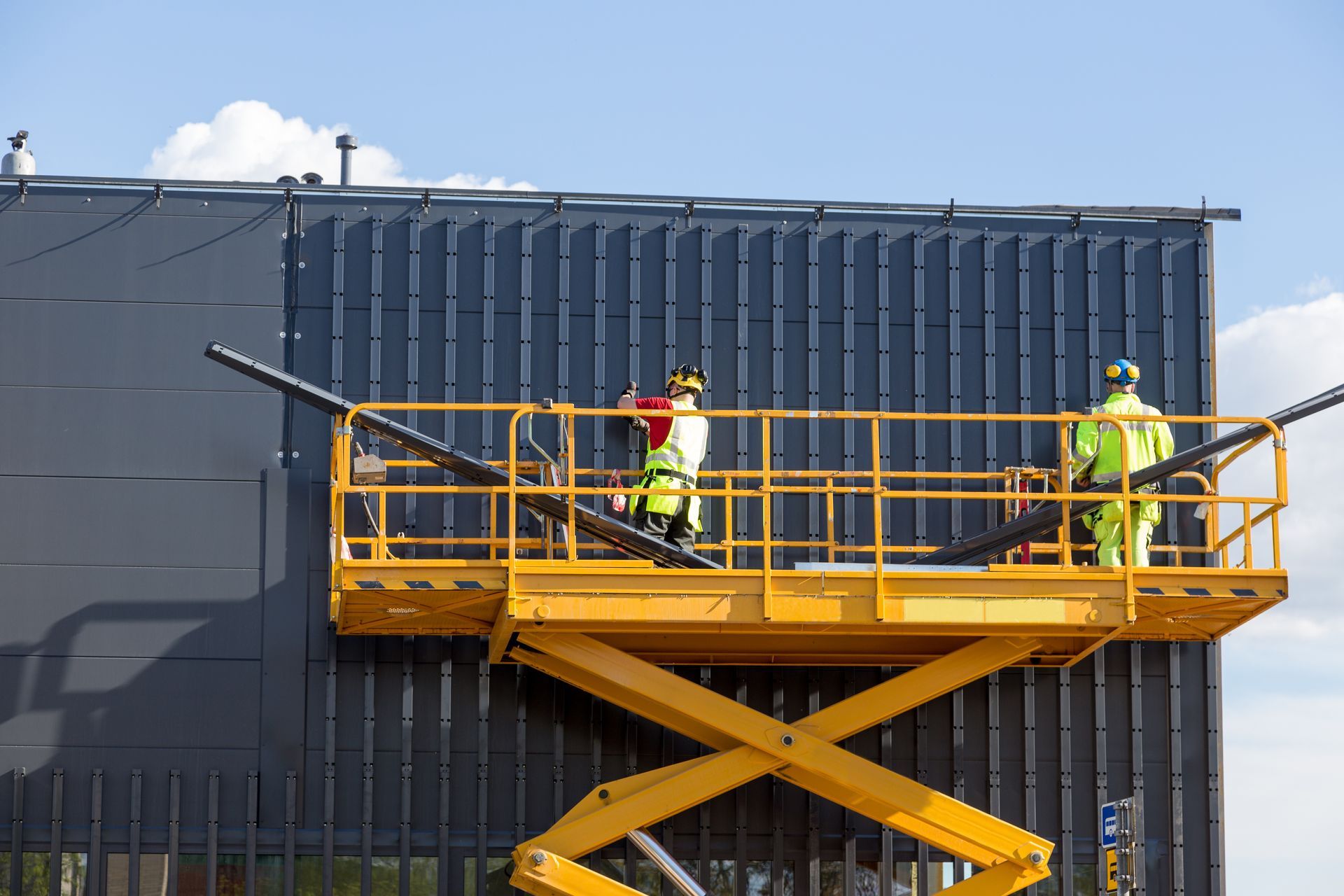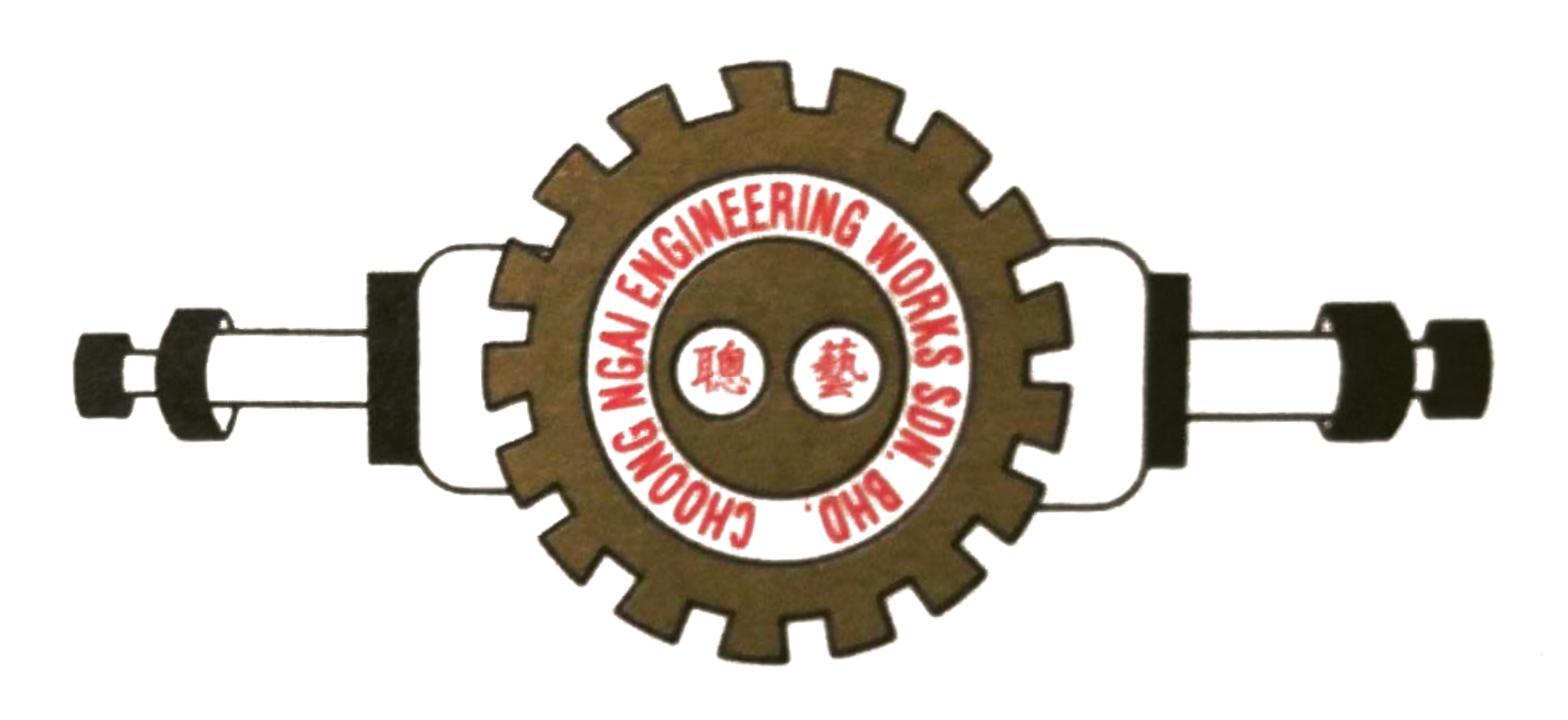Little Known Ways To Metal Bending Fabrication
Have you ever wondered how the metal cabinets you see are formed into squares or rectangles? How about the round, curvaceous shapes of many cars you see on the road, or the cylindrical metal containers that hold chemicals and waste?
Well, these are all the outcomes of a technique called metal bending fabrication. It is simply a process where metal is intentionally deformed by applying force onto it. That way, it is bent to a desired angle and eventually takes form in the expected shape or design, often in a round, V or U shape according to the customer's requirements.
Types of metal bending
1. Air bending
Contrary to the name itself, air bending doesn't mean using air to bend the metal itself! It's simply the name of a process where there is the least amount of contact made between the machine and the metal. This is due to the equipment only touching the material at three points - the punch, the tip and the die shoulders.
Within the metal bending sector, air bending is likely the most common type of metal bending used as there are many advantages to this technique. For example, air bending requires much less force from bending sheet metal workshops in comparison to bottom bending and coining.
2. Bottom Bending
One of the significant differences between air bending and bottom bending is the radius of the metal bent during the process.
While it is also using a punch, tip and die shoulders, bottom bending bends metal by bringing the die and punch together in full contact. Therefore, the material is pressed to the bottom of the die to the desired angle based on the specific die used.
Because of that, bottom bending sheet metal requires more pressure but generates less spring back, and creates more accurate angles. However, the process requires specific tools for the varying bend angles, thus creating a much more complex process compared to air bending.
3. Coining
Lastly, coining is a bending process where the punch and the sheet metal piece gets in full contact to the bottom of the die. This way, we can produce a much more accurate angle of bending that leads to minimal spring back of the material.
There are a few major advantages of coining - one of them is that it produces sheet metal bends with outstanding accuracy and allows a much easier process of repeating the same results with consistency. The often worried-about spring back of the sheet metal material is also much more avoidable when using coining versus other techniques of bending metal. likely to return to its original state.
Process of metal bending fabrication
Regardless of which technique used, metal bending fabrication is often reliant on a press brake in order to bend different sheet metals. The press brake is usually equipped with a tip, punch and die. While the entire process might seem straightforward, there are certain skills that most bending sheet metal workshops require to produce the most accurate results every time.
Typically, a press brake will use a lengthy tool to force the metal sheet into a slot slowly. The tool is called the punch, and the slot is called the die, and the point in contact between the metal sheet and the tool is called the tip. As the bend is completed, there will be minor spring backs, where the metal tries to revert to its shape.
Looking for a metal bending fabrication workshop? Choose one you can trust
Our expertise in metal fabrication to meet the tough requirements from the construction sector is second to none. If you're looking for high-quality and cost-effective bending sheet metal workshop with a fast turnaround time, why not give Choong Ngai Engineering a try?
With our metal bending fabrication tools, equipment and technique, we've been servicing happy customers for over 19 years. Learn more about our services and previous projects on our website or contact us at +6012-2726971 or email your queries to choonngaiengworks@gmail.com.
